Silberra Color 160 As Slide Film
I'm writing about the Silberra film again. For a third week in a row! This will be the last Silberra writing for a while. Not forever though as I still have Silberra film that I haven't shot before.
Two weeks ago I wrote a review about Silberra Color 160. So why am I writing about it again? For the joy that is experimentation!
In the review I mentioned that this film has a weird base. A typical C-41 color negative film will have an orange base. Color 160 has an almost clear base with a blue tint. I called it a "dirty water" tint. You know what else has a clear film base? Slide films. The ones you develop with E-6 chemicals and get positives at the end. I wondered how positives would look with this Color 160 base. So I developed Silberra Color 160 to get positives at the end.

This is Silberra Color 160 film strip. Processed as plain, old C-41 film. You can see that the film base is very clear. Ready to receive positives.
E-6 development process would be the way to get positives but I don't have E-6 chemicals. So I opted in using the tried, tested and deemed "good enough" E-B&W-41-6 development process. Or C-41 reverse process as it's also known. If you want to know more about the process - I have a writing for you. Even two!
You can develop any C-41 color negative film this way to get positives. The issue is the orange film base. It will make slides with a strong orange cast. Because that's the base color of the film. There are some tricks to reduce the impact of the orange cast but you will never remove it completely. That’s not too big of an issue if you’re scanning. You can color correct out of the orange hole you find yourself in. But for me part of the fun with slide film is seeing the pictures on the actual film strip. Without any crazy color casts.
So why not just shoot slide film? Why risk ruining a roll of film? Because it's fun to try things. And it gives me something to write about. There's always a risk with trying something weird with film development. C-41 film is not meant to be developed as slides. It won't have the same color profile like when it's developed with C-41 process. The more reason to try it. To go into the unknown.
Unknowns can turn into something great. But sometimes they turn into darkness. Darkness that gives you disturbing visions.
Shooting And Developing
First I had to pick a camera for this experiment. I chose a Rolleicord V with a Schneider-Kreuznach Xenar 75mm f3.5 lens. It's a new camera for me. I've only shot one roll with it before this one. But it shot the roll well and I'm confident that the camera doesn't have any issues.
I shot it during a single day when I was out with my children on a walk around a lake. It was a sunny and hot day.
For the light metering I used the light meter app from my phone. It has never failed me. I trust it with my lif...light metering duties.
Development was the standard E-B&W-41-6 process that I have used for E-6 films before. I made no adjustments. Two things that I noticed:
- At the film fogging stage after the b&w developer I noticed that the negatives are very contrasty. In my previous experience the negatives were very dense and not super contrasty. This gave me some worry as it meant that the finished positives would have even more contrast.
- It was very easy to spool the roll back onto the wet reel. It was great! Almost as easy as it would be with a dry reel and film. I'm not sure why. My guess is that it was caused by the "thinner than usual" Color 160 film base. A thicker film base will stick to the reel more making it difficult to advance. Thinner base made the resistance smaller hence why it was easy to spool in. At least that's my guess.
After finishing with the process I took the film out. As I said in the "E-B&W-41-6 tutorial" - you either gaze your eyes upon the magic that is positives...or cry heavily. Tears were shed.
Results
There's not much to say about the results. They are garbage. And this time it's not only because the photos I took were garbage.
All photos were severely under-exposed. And by "severely" I mean at least 3 stops under-exposure. Highlights were at the level where shadows would be. And shadows were in the realm of darkness. My thoughts were leading me to the same darkness realm. No absolution of light was possible.
On the upside - the colors ( the ones that I could see ) looked nice. I only spotted a slight blue shift because of the "dirty water" blue film base. But it's not too shifted. Much less shift than there would be with an orange film base. You could even project the photos ( were they not under-exposed ) without too much issue.
I could still see some detail in the dark areas so I had some hope that the scanner would be able to pull some detail out. Naive.
My normal scanning technique gave terrible results so I ended up scanning "raw" ( 64bit output that Silverfast provides). Plan was to fix them in Lightroom. I failed. I got some results but colors were all over the place and contrast was too high to handle.
I do believe that it's possible to extract better results from this film but it would require a digital camera scanning. Which I can't do at the moment. A bright backlight and long exposure ( or several stacked ) might extract enough detail to make some photos usable.
So what is the cause of all this? Ultimately it's me and my idea but if we look past that then I'm not sure. I'm 99% certain that my metering was OK. And I'm 95% certain that the camera doesn't have any issues that could cause the under-exposure. So I put it all down to development. And the possibility that this film doesn't like being a slide film. Not all C-41 films can be processed to slides with usable results. If I were to do it again I would try a calmer b&w development to tame the contrast at that stage. And then I would color develop the film for longer. I did the usual 1-stop push but I would push it to 3 or even 4 stops. I still think that the contrast would be too high and highlights would be blown away.
Anyway - we all know that you want to see some results. So I will deliver.
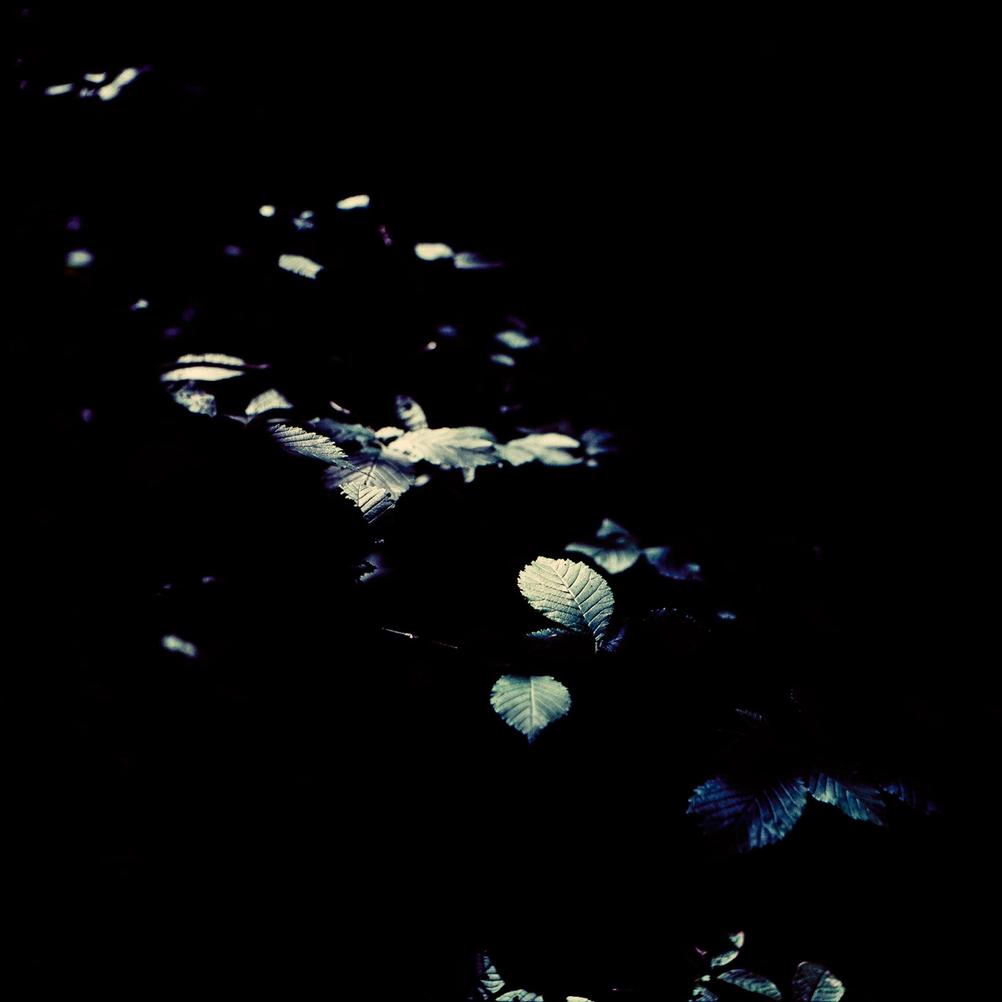
- Camera
- Rolleicord V
- Lens
- Schneider-Kreuznach Xenar 75mm f3.5
- Film
- Silberra Color 160 EI160
- Scanner
- Epson V600
One of the shots that kind of works. It was easier to color correct because...well there aren't many colors. But you can still see blue colors in shadow areas that are not pure black.
The scene itself was contrasty but normal processing would not have pure darkness everywhere apart from where the sun is shining.
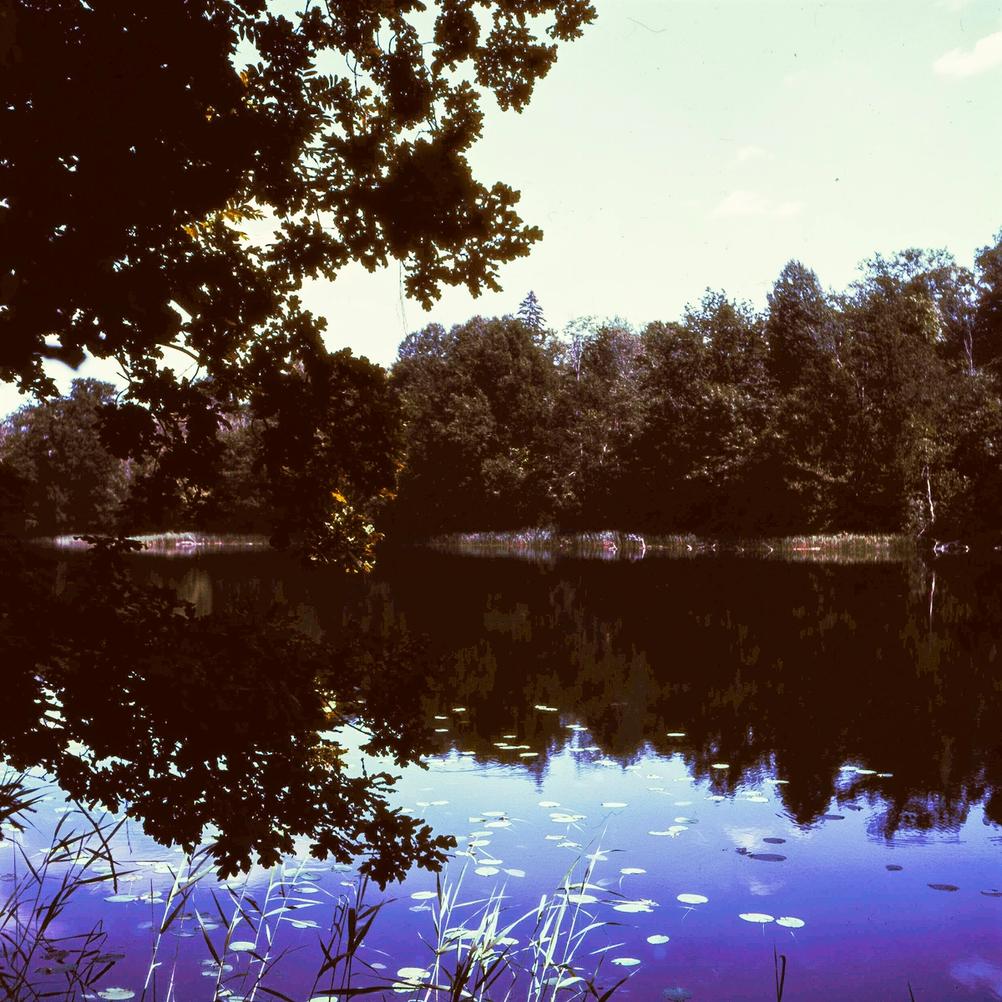
- Camera
- Rolleicord V
- Lens
- Schneider-Kreuznach Xenar 75mm f3.5
- Film
- Silberra Color 160 EI160
- Scanner
- Epson V600
Oh what natural and nice colors. There is no resemblance of normalcy here. It's a pure mess.
Raw scanned photo only had visible highlights. So just sky and parts of water.
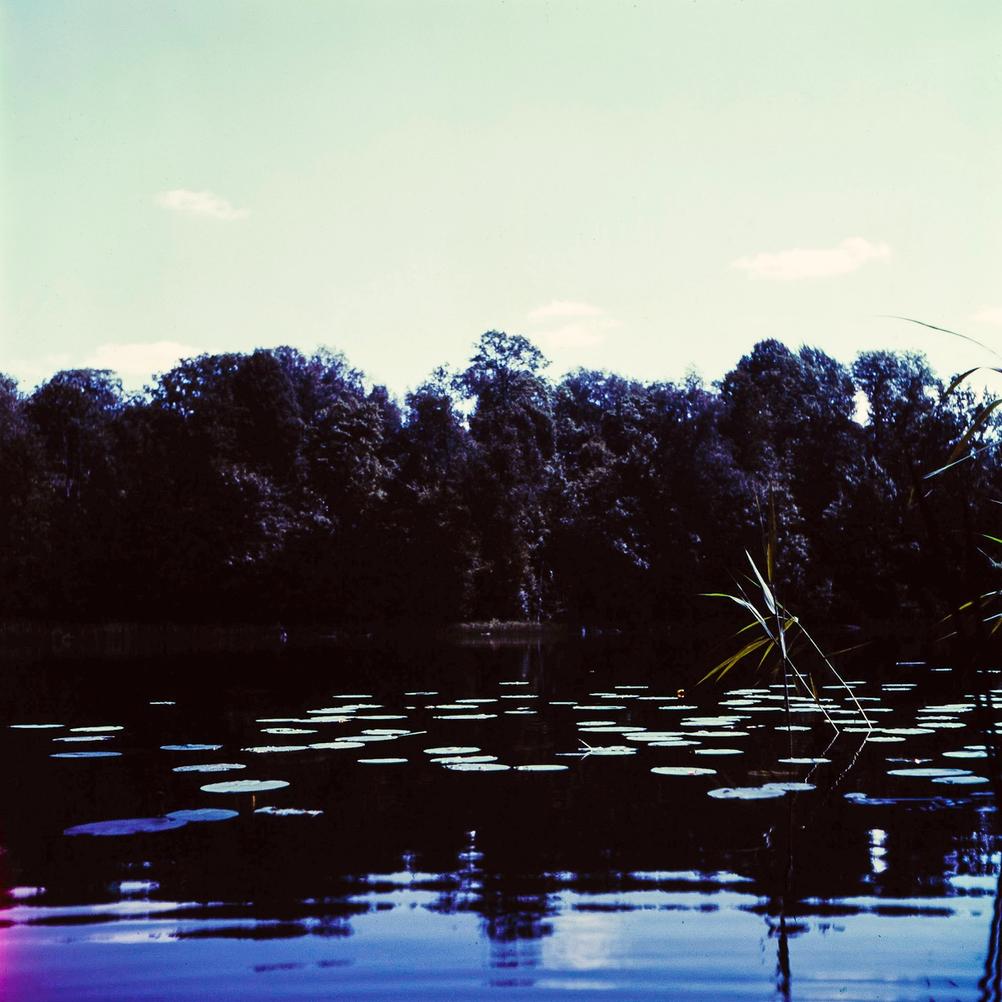
- Camera
- Rolleicord V
- Lens
- Schneider-Kreuznach Xenar 75mm f3.5
- Film
- Silberra Color 160 EI160
- Scanner
- Epson V600
More colors from an acid dream. Even with the insane contrast - I like the photo in black and white. I've uploaded the color version as it's more interesting to anyone wanting to see the film results.

- Camera
- Rolleicord V
- Lens
- Schneider-Kreuznach Xenar 75mm f3.5
- Film
- Silberra Color 160 EI160
- Scanner
- Epson V600
Black and white because the skin in color version didn't resemble human skin.
There's enough detail in the digital file to tell that my daughter is wearing sunglasses. Not that you can see by looking at the photo.
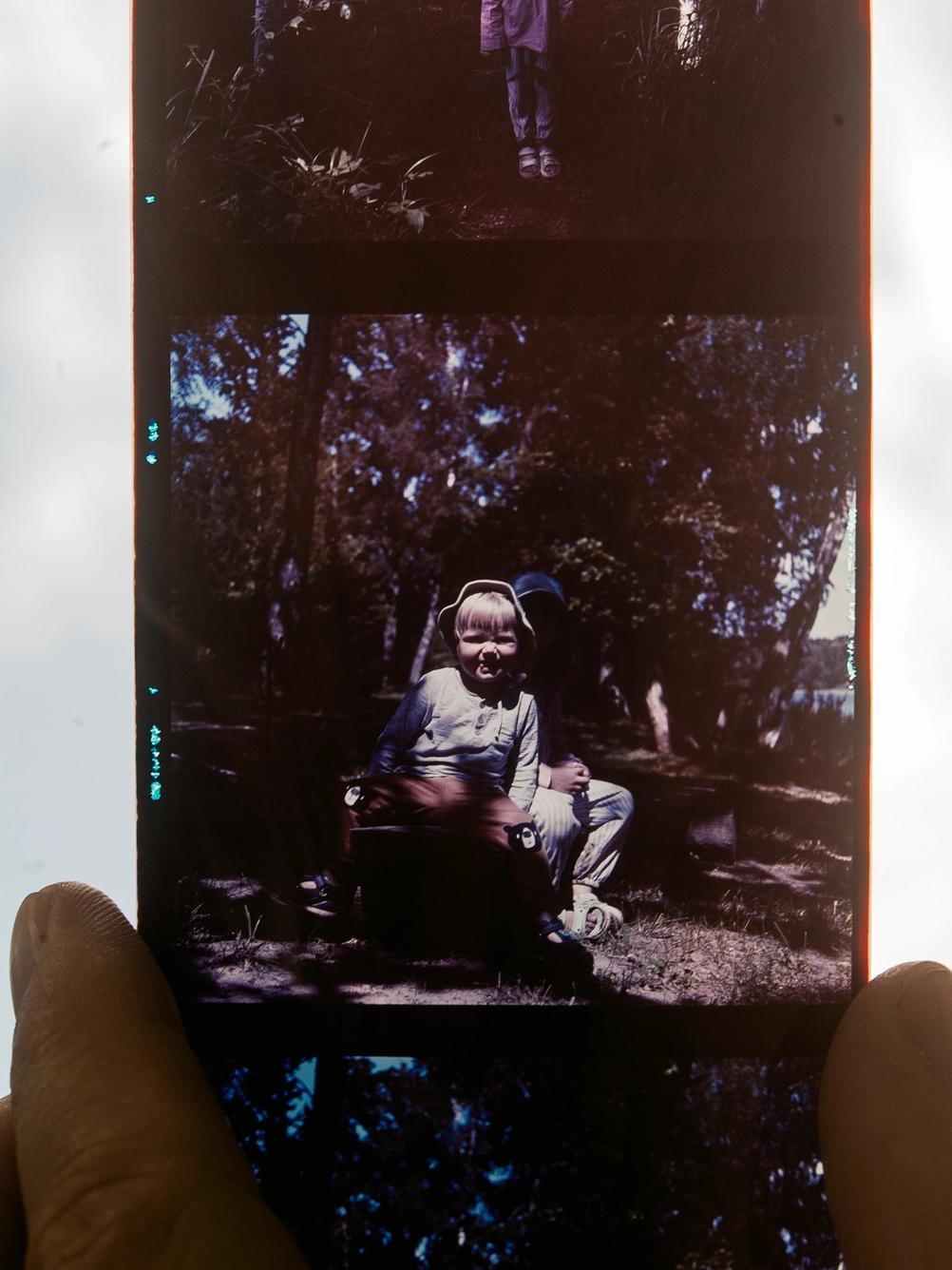
It does look better on the actual film but it's still dark. This is shot against bright sky as I don't have a way to nicely "scan" film with a digital camera. All film strip photos are shot this way.
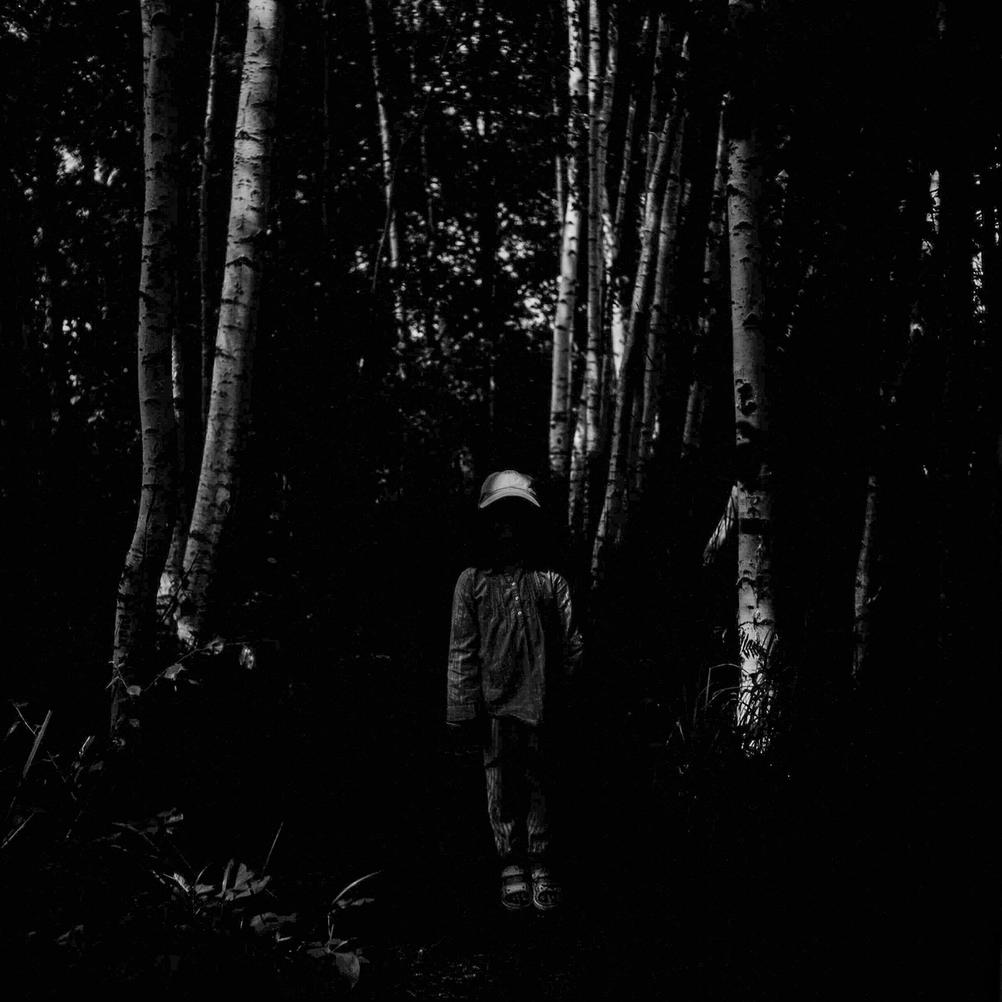
- Camera
- Rolleicord V
- Lens
- Schneider-Kreuznach Xenar 75mm f3.5
- Film
- Silberra Color 160 EI160
- Scanner
- Epson V600
I believe that I would've liked this photo had I not destroyed the roll. The scene was very nice with sun hitting the right spots and scene had nice colors around.
Nice colors in the ruined film means that I couldn't get any colors to work so I left it black and white again.
I do kind of like that it looks like my daughter is void itself.
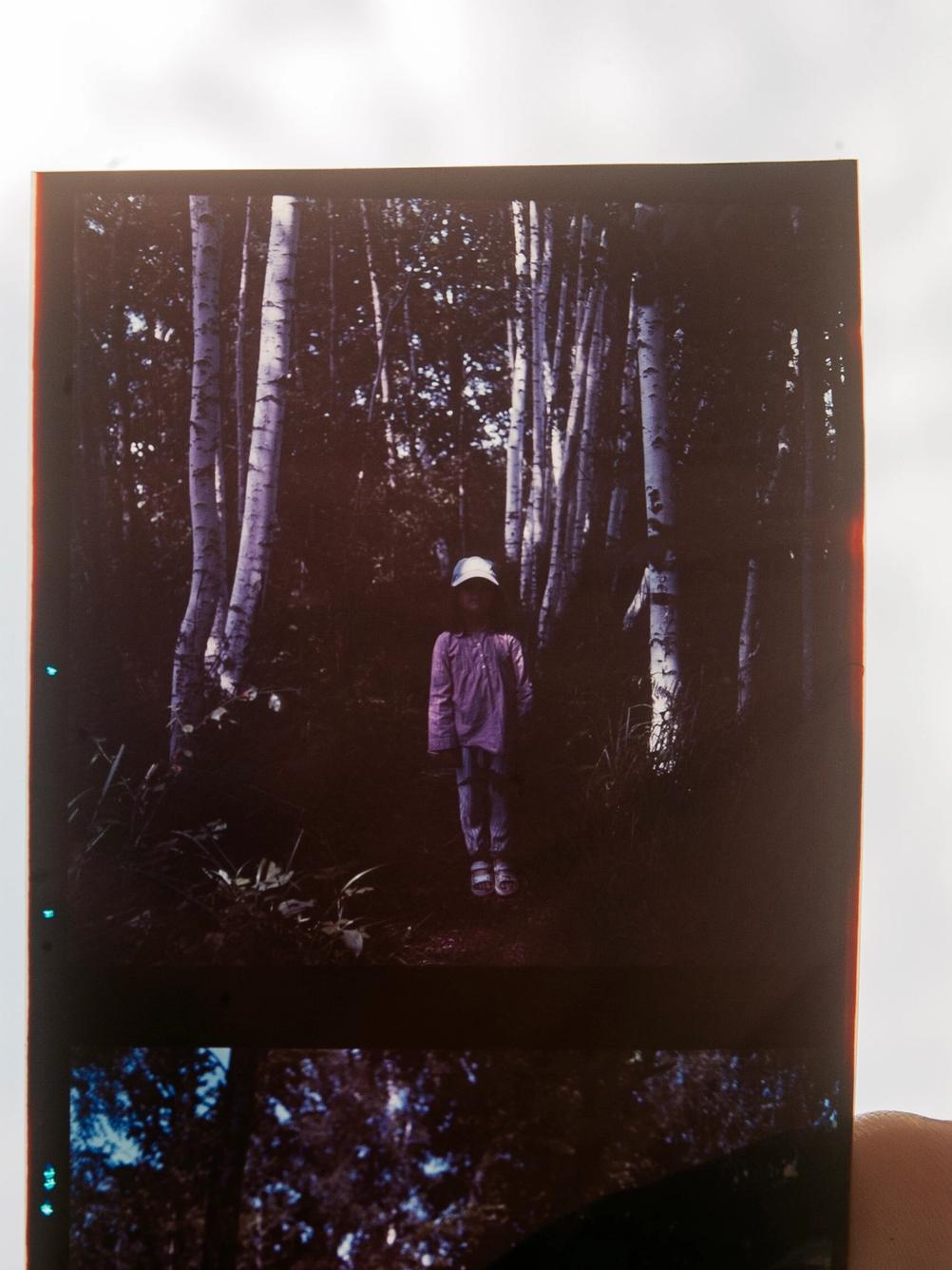
Once again the actual film has a better look and more detail.
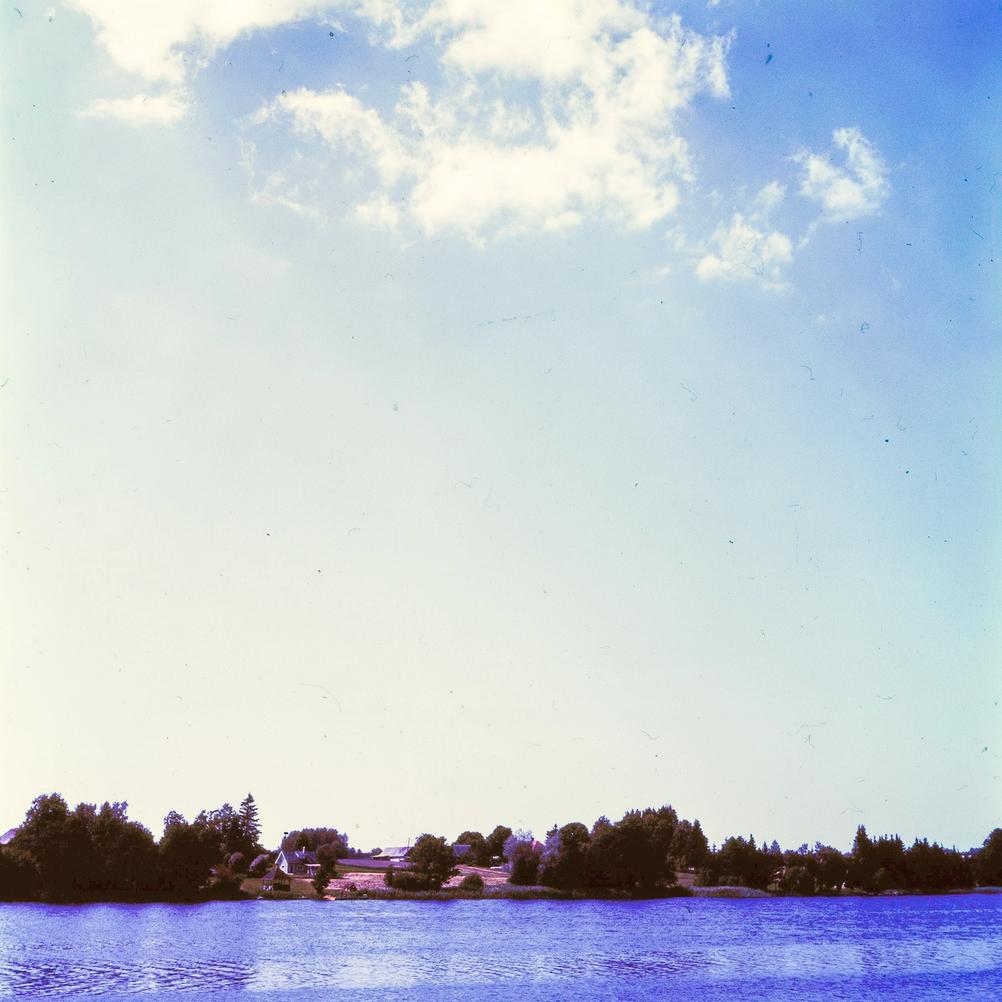
- Camera
- Rolleicord V
- Lens
- Schneider-Kreuznach Xenar 75mm f3.5
- Film
- Silberra Color 160 EI160
- Scanner
- Epson V600
This is probably the most natural looking color photo of the whole roll. If you can call this natural that is. It certainly doesn't look natural.
As you can tell I didn't bother cleaning the dust from the photo. What would be the point?
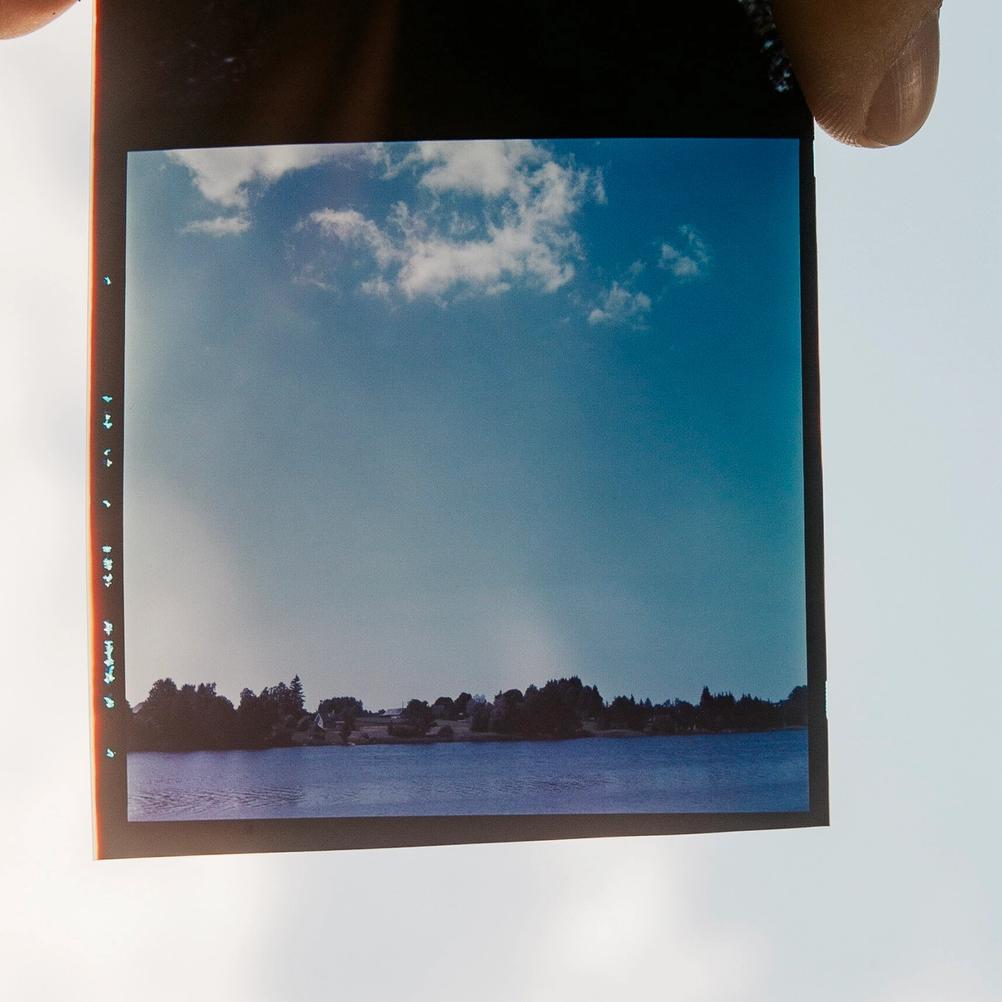
Colors are a lot more natural on film. My scanner just isn't bright enough to extract the information.

- Camera
- Rolleicord V
- Lens
- Schneider-Kreuznach Xenar 75mm f3.5
- Film
- Silberra Color 160 EI160
- Scanner
- Epson V600
I like this photo when looking at the slides. For some reason I couldn't scan it to represent what I see in physical life. So it's black and white. I still like it. The strong contrast almost works here.
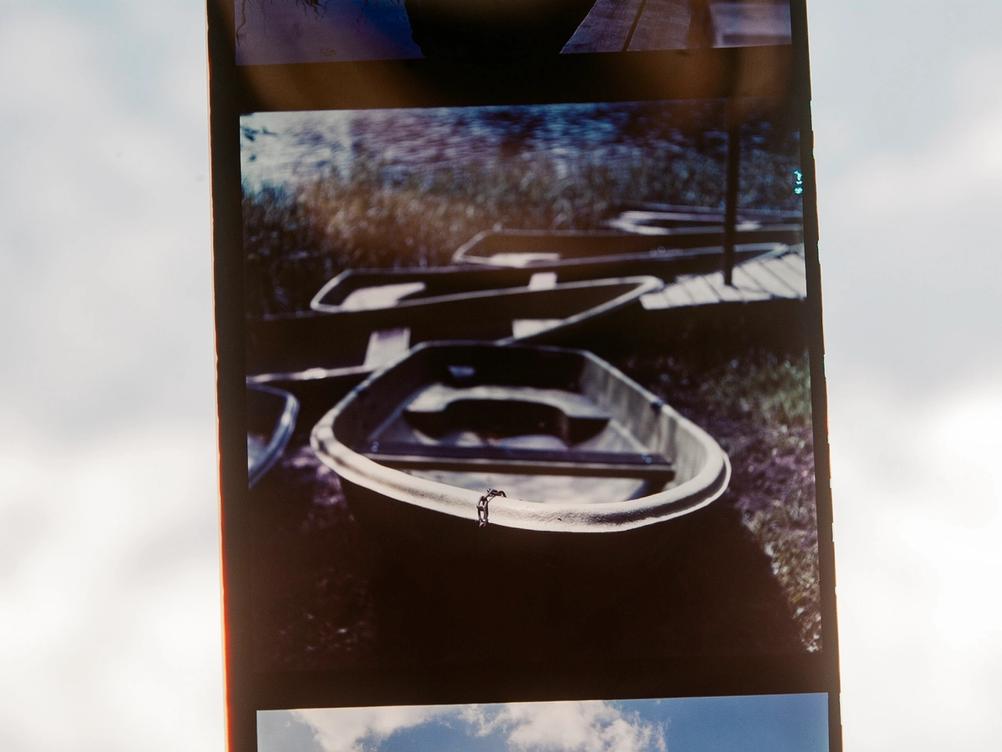
Similar look like on film but with color. I could not get it to look like this when digitized.

- Camera
- Rolleicord V
- Lens
- Schneider-Kreuznach Xenar 75mm f3.5
- Film
- Silberra Color 160 EI160
- Scanner
- Epson V600
Another one where I just couldn't get the colors to not make my eyes bleed. It almost works fine in black and white.
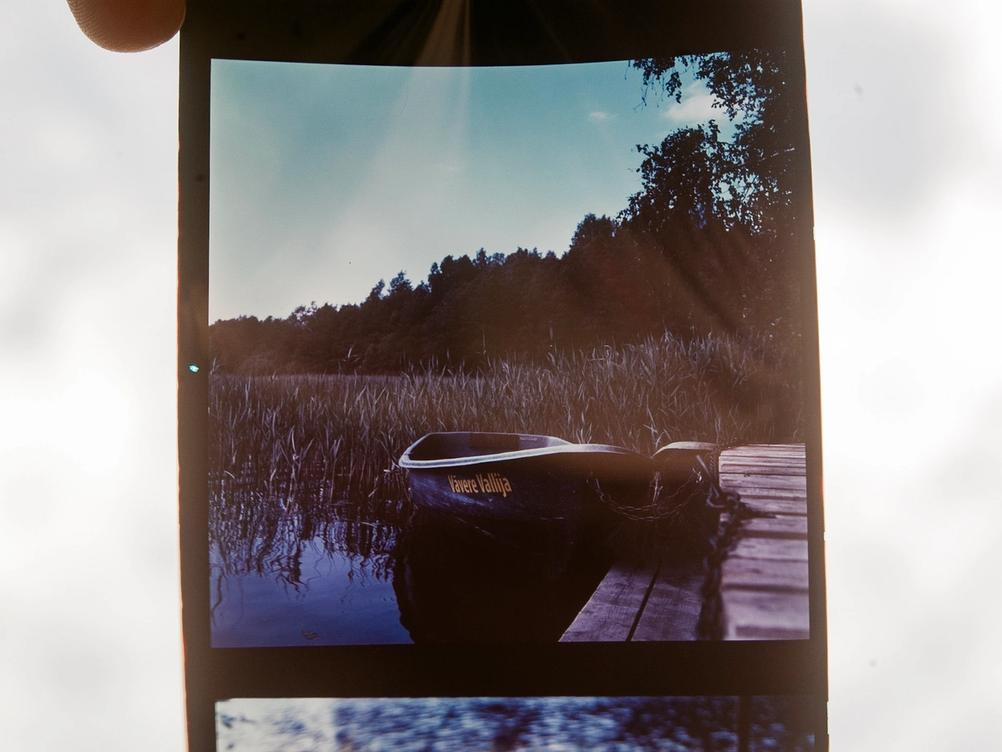
As is the trend. Photos on the film strip are a lot more normal. Just severely underexposed.
Verdict
We can all agree to call this a failure. I don't regret trying it. But I will not try this again with the one remaining Color 100 roll that I have. I like Color 100 as it is.
If I can find Silberra film for a good price somewhere then I might try this again. For the existing prices though...there is no way. Or if Silberra or someone wants to send some film my way - I will accept it for the great experimentation cause!
Should you try it? That is up to you. I can only recommend not following my steps exactly as they don't lead to greatness. Try a calmer b&w developer or agitate less in slightly colder temperature. Push color developer by more stops. And scan with a good scanner or digital camera.
